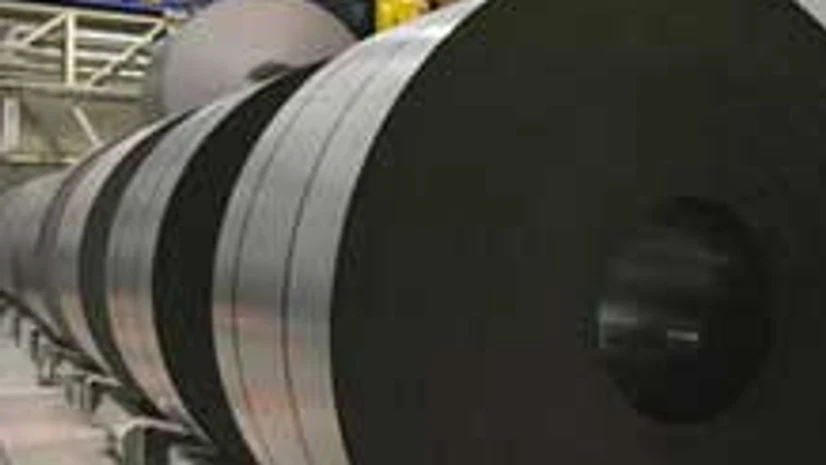The Ministry of Steel has favoured the continuation of export duty on iron ore fines at the present rate of 30% ad valorem in the interest of the domestic iron and steel industry.
The Ministry of Steel, while responding to comments raised by the Ministry of Commerce on the draft note circulated to the Cabinet Committee on Economic Affairs (CCEA), has made its case for retaining a 30% export duty. The CCEA is likely to take up the matter for discussion later this week, sources in the know of the development said.
The ministry’s suggestion gains importance as the steel industry and a section of the Members of Parliament have echoed similar sentiments in the recent days.
Also Read
The Ministry of Steel has said, the National Manufacturing Competitiveness Council (NMCC) should be consulted in all cases concerning the manufacturing sector.
“Higher export duty will help in conserving precious natural resource for the long term utilisation of the domestic steel industry. This will also facilitate the growth strategy for the industry that’s targeting 300 million tonnes of steel production by 2025 as deliberated in the meeting of the high level committee on manufacturing held by the prime minister recently,” said the Ministry of Steel.
The Ministry of Commerce had stated that there has been an increase of 62% in mine-head stocks of iron ore fines, between 2008-09 and 2012-13 with the largest stocks available in Odisha, Jharkhand and Karnataka. It recommended encouraging export of such extra stocks.
The mine-head stocks have gone up from 74 million tonnes (MT) to 90 MT even when exports increased from 105 MT in 2008-09 to 117 MT during 2009-10.
However, mine-head stocks showed a slight decline from 123 MT in 2011-12 to 120 MT during 2012-13 when exports declined drastically from 61 MT to 18 MT in this period. Hence, mine-head stocks cannot be attributed to a decline in exports, said the Ministry of Steel.
The commerce ministry had also stated that Indian steel makers require calibrated lump ore (C-Ore) and cannot absorb iron ore fines. Since 60% of the iron ore production is fines this has resulted in accumulation of fines at the mine-head. The excess fines need to be exported till such time as the domestic industry develops capacity to absorb these fines.
“If, as stated by the commerce ministry, the Indian steel industry can only utilise lump ore and not fines, and 60% of the ore produced annually is fines, there should have been 62 MT of fines, which should have been added to mine-head stocks in 2012-13. In spite of exports as a percentage of production coming down from 47% to 13% during 2010-11 to 2012-13, the availability of ore at the mine-head has actually declined, indicating a satisfactory utilisation of fines by Indian steel industry,” the steel ministry argued.
The steel industry exported 5.25 MT of finished steel in 2012-13 valued at $4.3 billion. For the last three years, steel exports have been growing at a healthy rate of 11.9%, 26.1% and 14.5% respectively, and still needs a further push. It makes more sense to push export of finished steel priced about $800-1,000 per tonne rather than raw materials that is valued about $100-120 per tonne, the Ministry of Steel said in its response to draft Cabinet note.
Lowering of export duty on iron ore would put further pressure on iron ore prices, thereby increasing the cost of production. Even if export duty is reduced, it would only benefit miners in Odisha, who alone can export. Odisha contributes 47.25% of production of iron ore and close to 60% of total marketable production at 64.19 million tonnes of iron ore, the steel ministry added.

)
